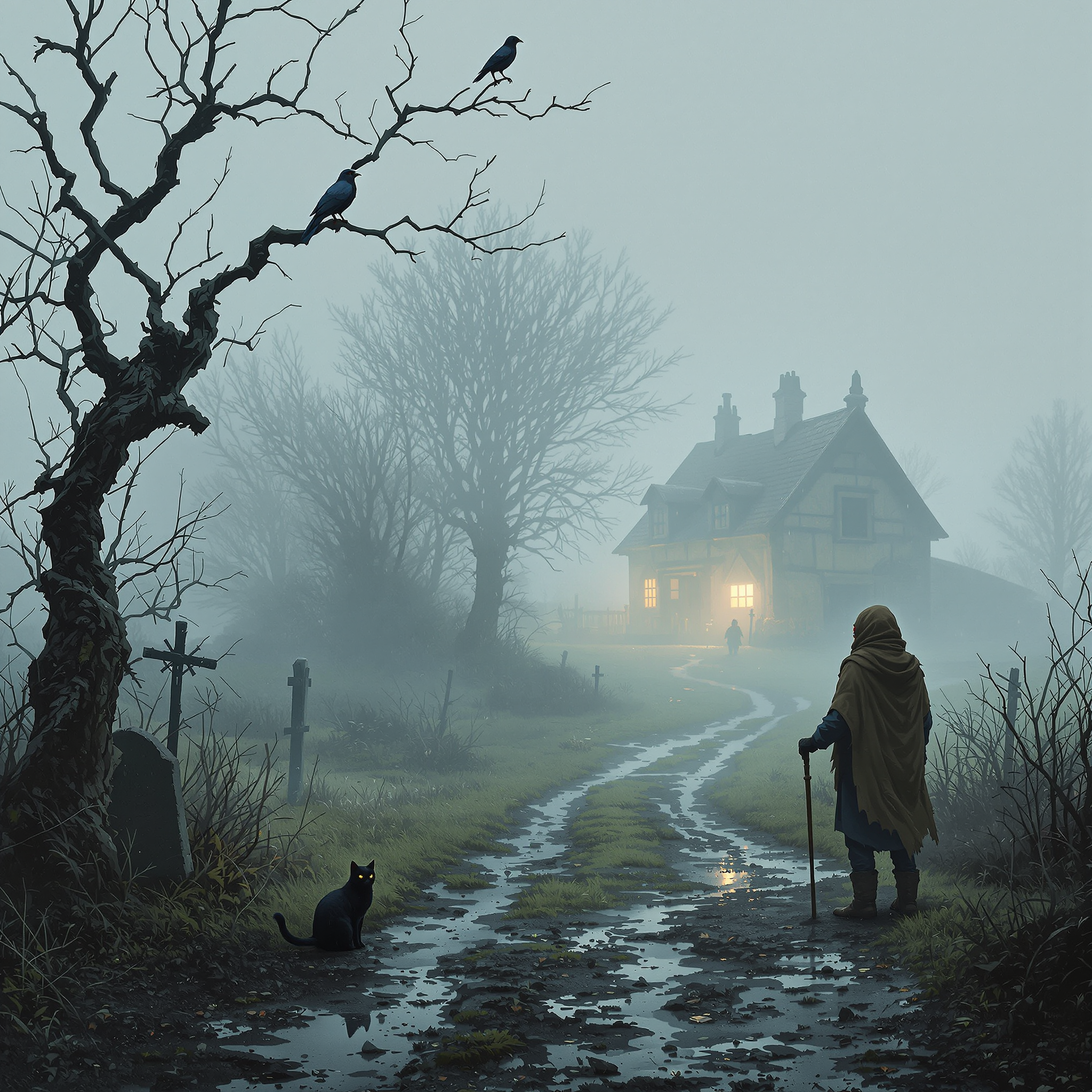This superstition advises travelers to avoid embarking on a journey if they first encounter certain ‘unlucky’ sights. These typically include a lone magpie (often associated with sorrow), a cat (commonly seen as a witch’s familiar), a lame woman (symbolically linked with physical misfortune), or a cock (rooster) that crows at the doorway as someone is stepping out. According to tradition, such occurrences are interpreted as omens of potential misfortune, danger, or delay that may befall travelers. In some beliefs, if any of these signs appear, the person is instructed to postpone their trip or briefly return indoors before reattempting departure (a remedy thought to reset the omen).

A baby’s future career or fate is predicted by the first object they select during a ceremonial setup.
In several Asian and Eastern European cultures, a traditional ceremony is held for babies usually around their first birthday. Known


